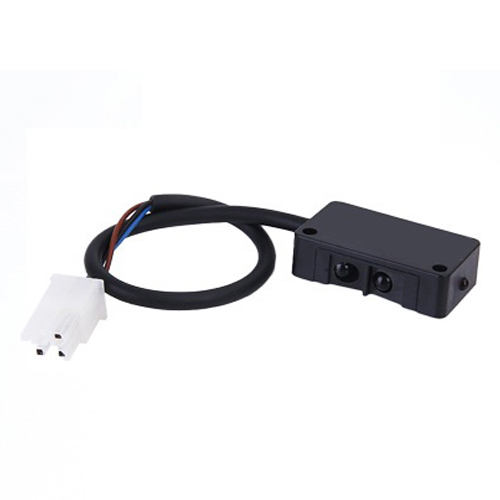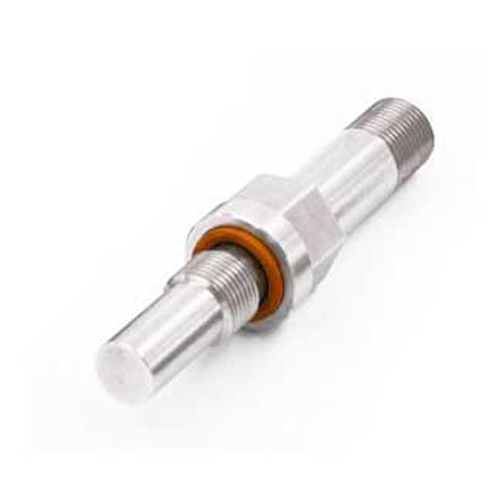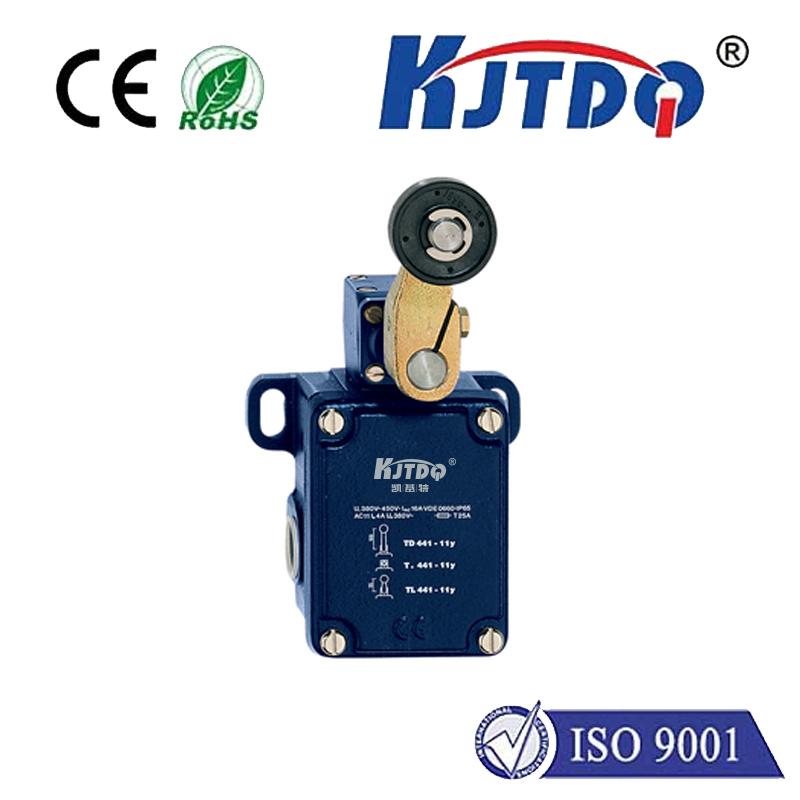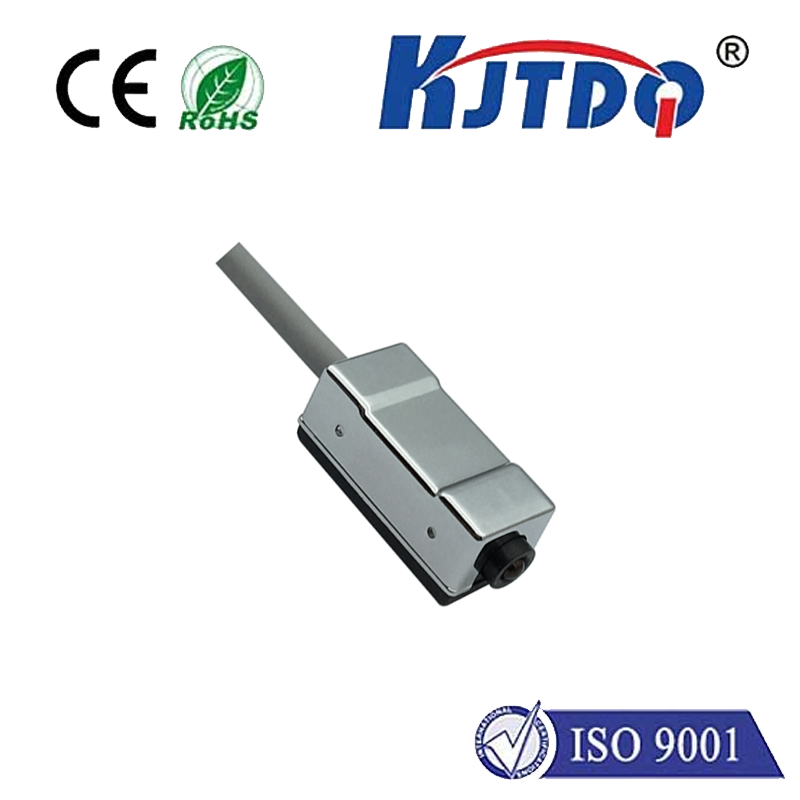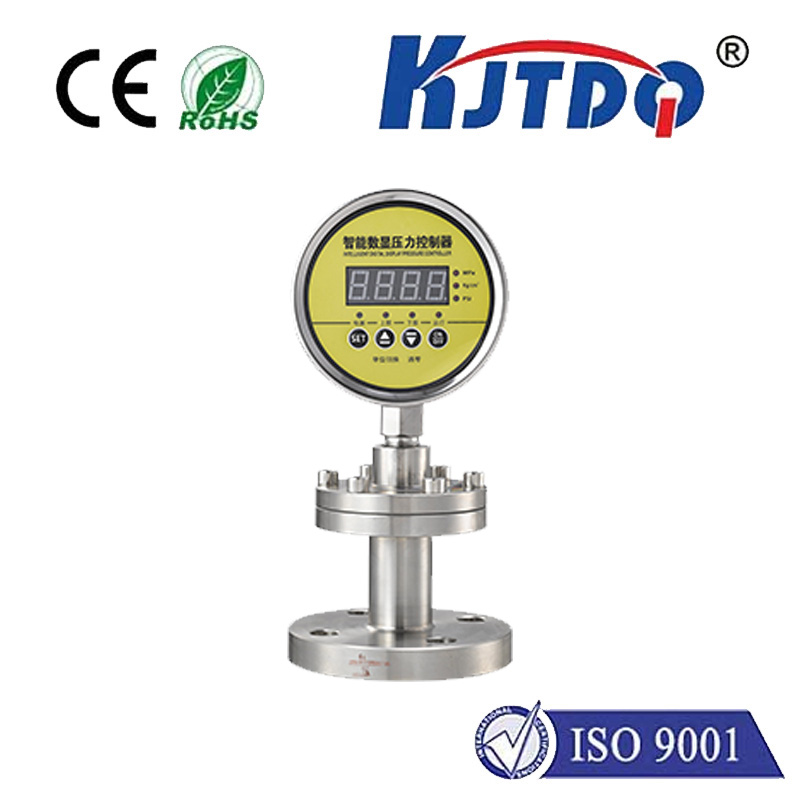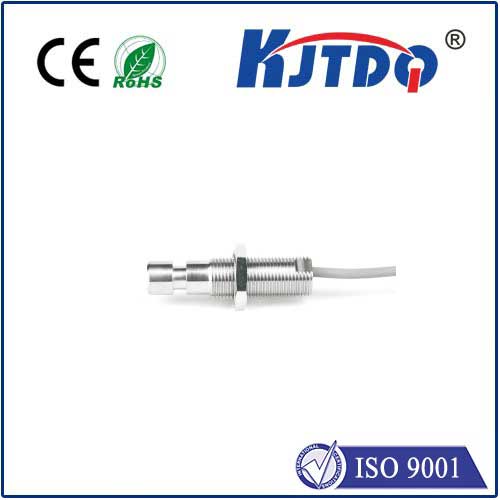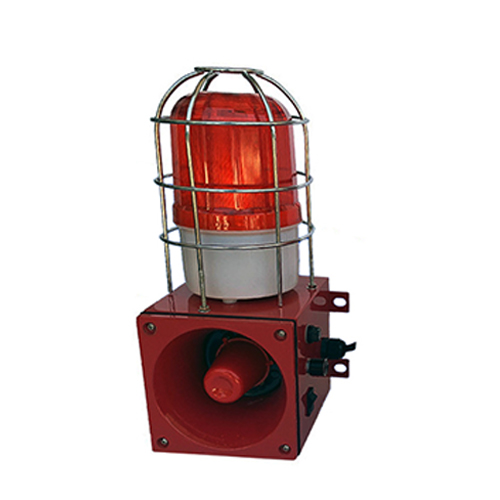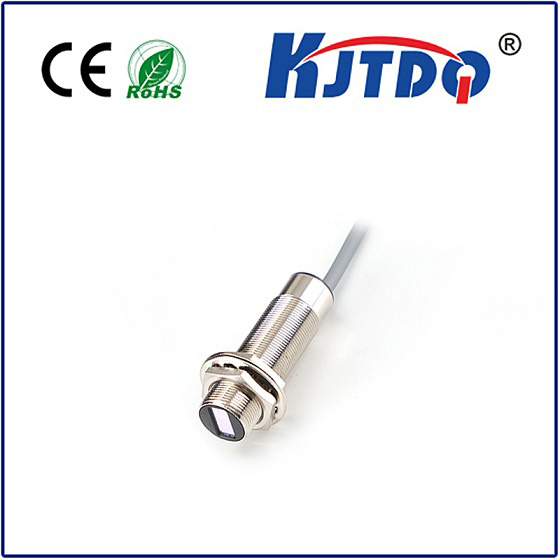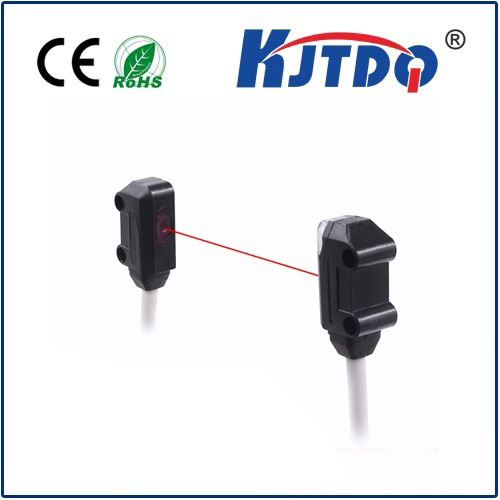

check

check

check

check
Title: AHU Door Limit Switches: Enhancing the Efficiency of Air Conditioning Units
Air conditioning (AC) is an essential component of modern buildings, providing a comfortable indoor environment regardless of weather conditions. One crucial aspect of AC systems is the use of door limit switches, which play a vital role in maintaining optimal efficiency and safety. In this article, we will delve into the significance of AHU door limit switches and how they contribute to the overall functioning of air conditioning units.
1. Introduction to AHU Door Limit Switches
AHU, or Automatic Heating and Cooling, is a building automation system that manages the temperature and humidity levels inside a space. Door limit switches are mechanical components that are installed at the entrance or exit of an air conditioning unit. They serve as switchpoints for the unit's power supply, turning it on or off based on whether the door is open or closed. When the door is shut, the switch is triggered, allowing electricity to flow to the unit, thereby powering its cooling or heating function. Similarly, if the door is opened, the switch is deactivated, preventing power from flowing to the unit and potentially damaging it.
2. The Importance of Door Limit Switches in An Air Conditioning System
The primary purpose of door limit switches in AC systems is to ensure safe operation and prevent damage to the unit. Here are some key aspects in which these switches play a crucial role:
a) Safety: By switching off power to the unit when the door is open, door limit switches help prevent accidents that could result from people tripping over exposed wires or getting their hands caught in moving parts. This reduces the risk of injury to personnel and ensures their well-being.
b) Energy Efficiency: By only powering the unit when necessary (when the door is closed), door limit switches help conserve energy. This not only saves money on utility bills but also reduces carbon emissions and contributes to environmental sustainability.
c) Reliability: Door limit switches help maintain the reliability of AC systems by ensuring that the unit starts up promptly every time it is needed. This prevents delays caused by malfunctioning components and ensures that the space remains cool or heated as required.
d) Preventive Maintenance: By detecting when the door is open, door limit switches can alert maintenance personnel to potential issues with the unit before they become severe. This allows for timely repairs and prolongs the life of the AC system.
3. Types of AHU Door Limit Switches
There are two primary types of door limit switches used in AC systems: magnetic and electromechanical. Both have their advantages and disadvantages depending on specific requirements and application scenarios:
a) Magnetic Door Limit Switches: These switches consist of a magnet that attracts or repels a small metal armature, triggering a contactor to turn on or off power to the unit. Magnetic switches are simple and reliable but may require regular maintenance due to wear and tear.
b) Electromechanical Door Limit Switches: These switches use a motor and gear mechanism to detect when the door is open or closed, triggering a contactor accordingly. Electromechanical switches offer greater accuracy than magnetic switches but are more complex and require specialized maintenance expertise.
4. Choosing the Right AHU Door Limit Switches for Your AC System
When selecting door limit switches for your AC system, consider factors such as safety, reliability, energy efficiency, and cost-effectiveness. consult with experts in HVAC systems or trusted suppliers who can recommend suitable products based on your specific needs. Be sure to follow installation guidelines carefully to ensure proper function and longevity of your AHU door limit switches.
